If you’re wondering how much artificial light your rubber plant needs, you’ve come to the right place. This comprehensive guide will tell you everything you need to know.
“The amount of light a rubber plant needs depends on the plant’s size, age, and health. A young plant needs more light than an older plant, and a sick plant needs more light than a healthy plant.”
Unlock the Secret to Healthy Rubber Plants: Perfect Light for Thriving Growth
A healthy, vibrant Rubber Plant with lush green leaves thriving in bright, indirect sunlight. A cozy indoor setting featuring a Rubber Plant placed near a window, soaking in the perfect amount of light.
If you’re wondering how much artificial light your rubber plant needs, the answer depends on a few factors.
- Type of rubber plant
- Time of year
- The location of your plant
Now that you know the three main factors that affect a rubber plant’s light needs, let’s take a closer look at each one.
1. Type of Rubber Plant
There are three common types of rubber plants: Ficus elastica, Ficus robusta, and Ficus microcarpa.
- Most popular type of rubber plant Ficus elastica, and it’s also the type that has the highest light requirements. If you have a Ficus elastica, it’s best to find a spot where it gets bright, indirect light.
- Ficus robusta and Ficus microcarpa are both less popular types of rubber plants. But they’re both more tolerant of low-light conditions.
If you have either of these types of plants, you can keep them in a spot that gets some direct sunlight, but they’ll also do fine in an area where they get only indirect light.
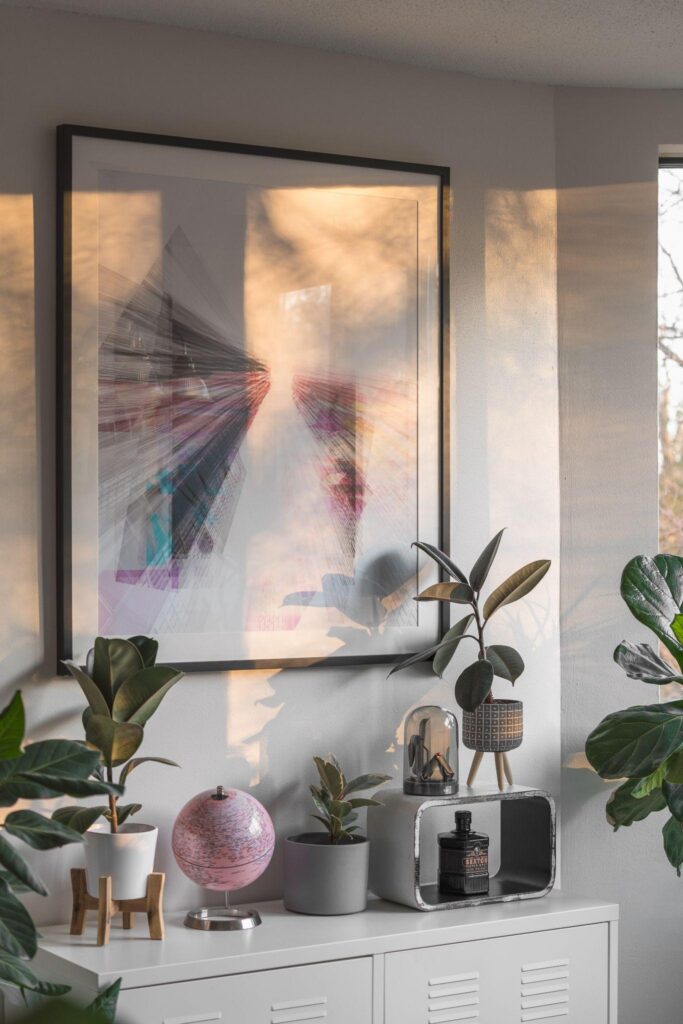
2. Time of Year
The time of year also affects how much light your rubber plant needs. In the winter, when the days are shorter and the sunlight is lower in the sky, your rubber plant will need less light than it does in the summer. It is because the plant is in a state of semi-dormancy in the winter, and it doesn’t need as much light to grow.
If you have a rubber plant that is placed in a sunny spot in the summer, you can move it to a shady spot in the winter to give it a rest from the sun.
3. Location
Finally, the location of your rubber plant will also affect its light needs. If you have a plant that’s in a sunny spot, it will need less light than a plant that’s in a shady spot. It is because, in sunny spots, plants get more light from the sun and they also reflect some of the light to the plant.
Plants in shady spots don’t get as much direct light from the sun as those in sunny spots, and they also don’t reflect much light onto the plant. So, if you have a rubber plant that’s placed in a shady spot, it will need more light than a plant that’s in a sunny spot.
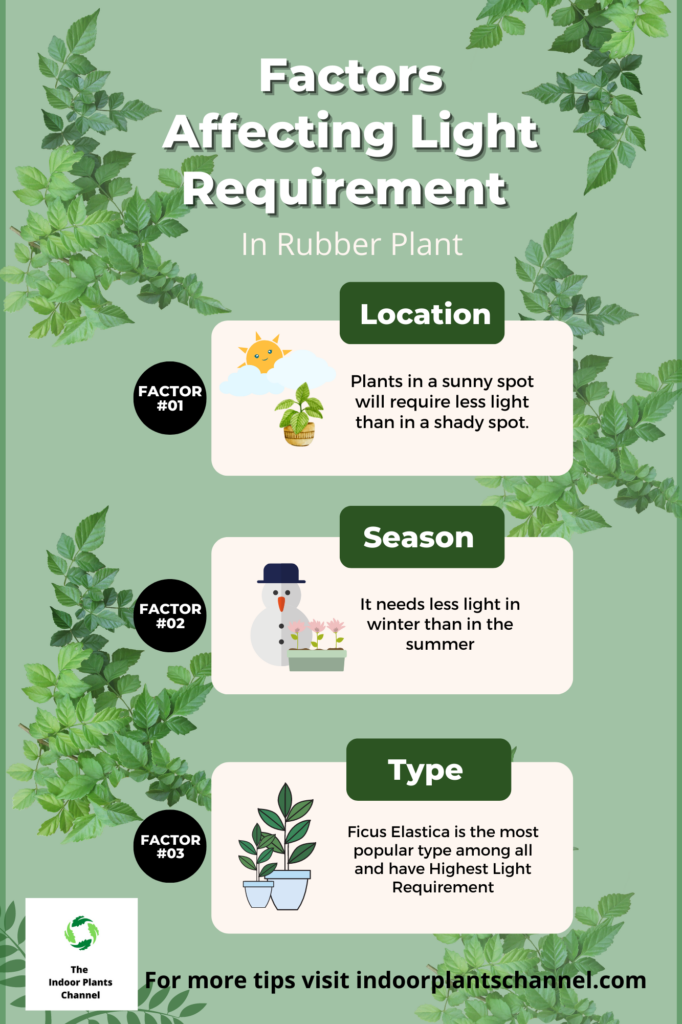
If you have a plant that’s in a shady spot, you can give it light. And if you have a plant that’s in a spot that gets some direct sunlight, you can give it a bit more light in the winter and a bit less light in the summer.
The Different Types Of Rubber Plants
There are many different types of rubber plants, each with its own unique features and benefits.
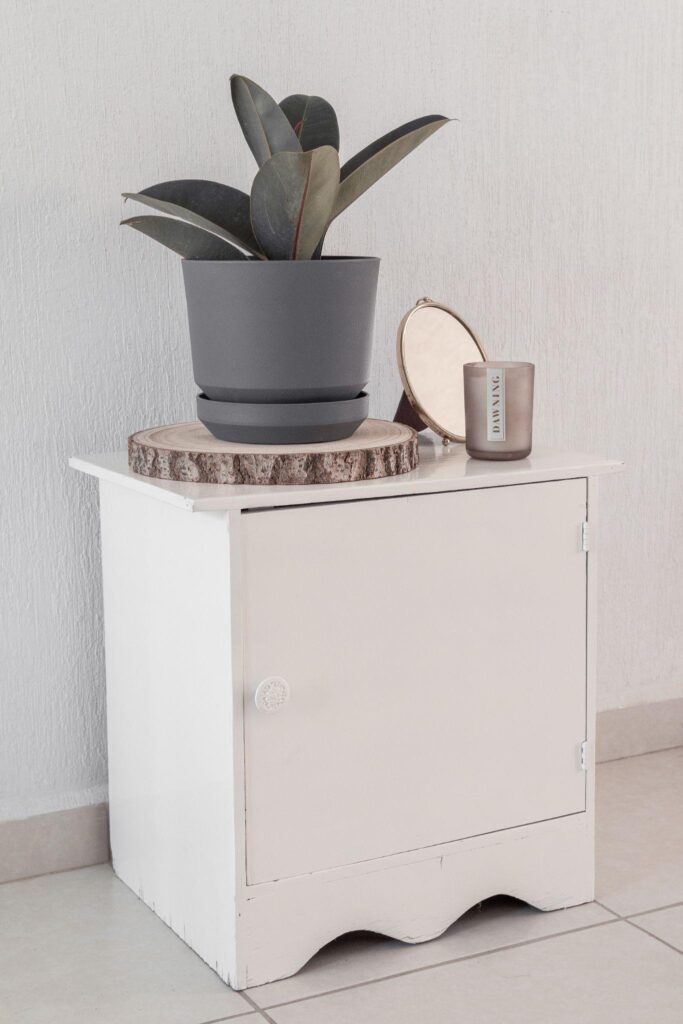
Here are some of the most popular types:
1. Ficus elastica
This type of rubber plant is one of the most popular due to its ease of care and attractive appearance. It has glossy, dark green leaves and can grow up to 10 feet tall.
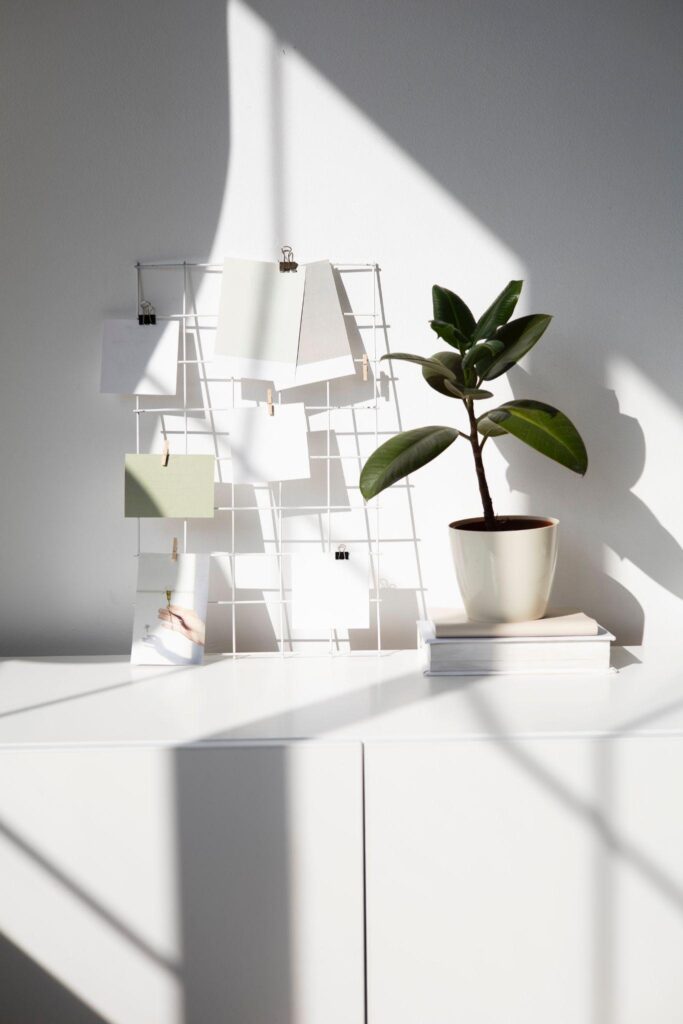
2. Ficus microcarpa
This type of rubber plant is smaller than the Ficus elastica, but it is very easy to care for, has dark green leaves, and can grow up to 6 feet tall.
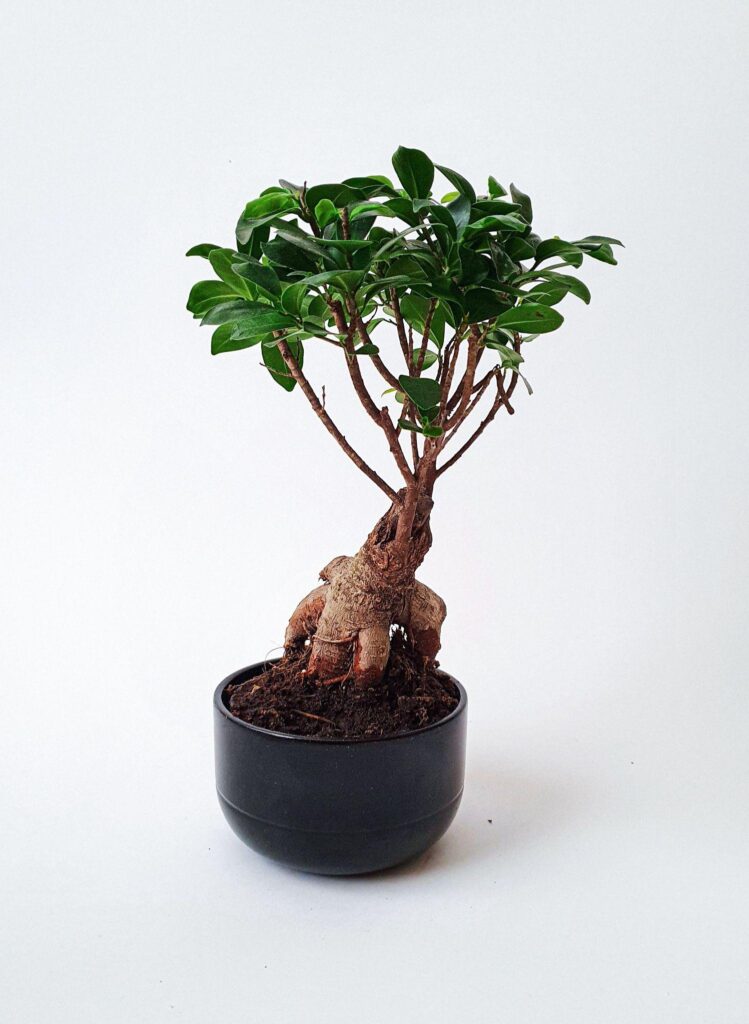
3. Ficus Benjamina
This type of rubber plant is also known as the weeping fig. It has slender, dark green leaves and can grow up to 20 feet tall.
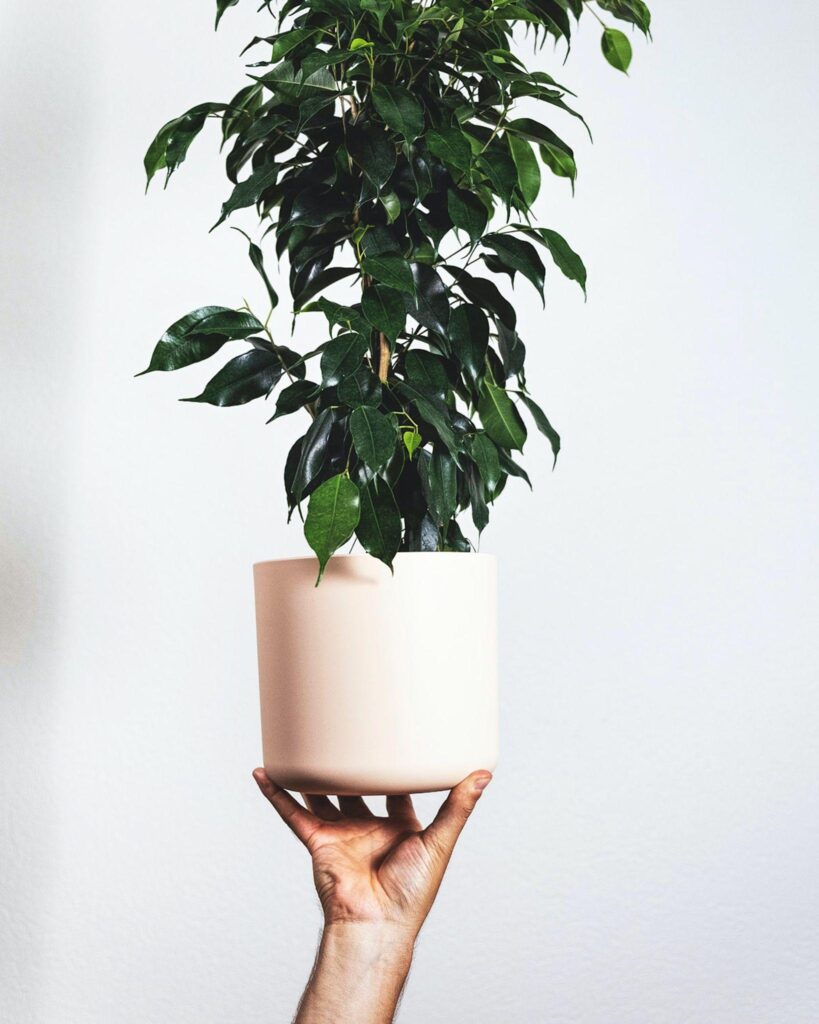
4. Ficus lyrata
This type of rubber plant is also known as the fiddle-leaf fig. It has large, dark green leaves and can grow up to 10 feet tall.
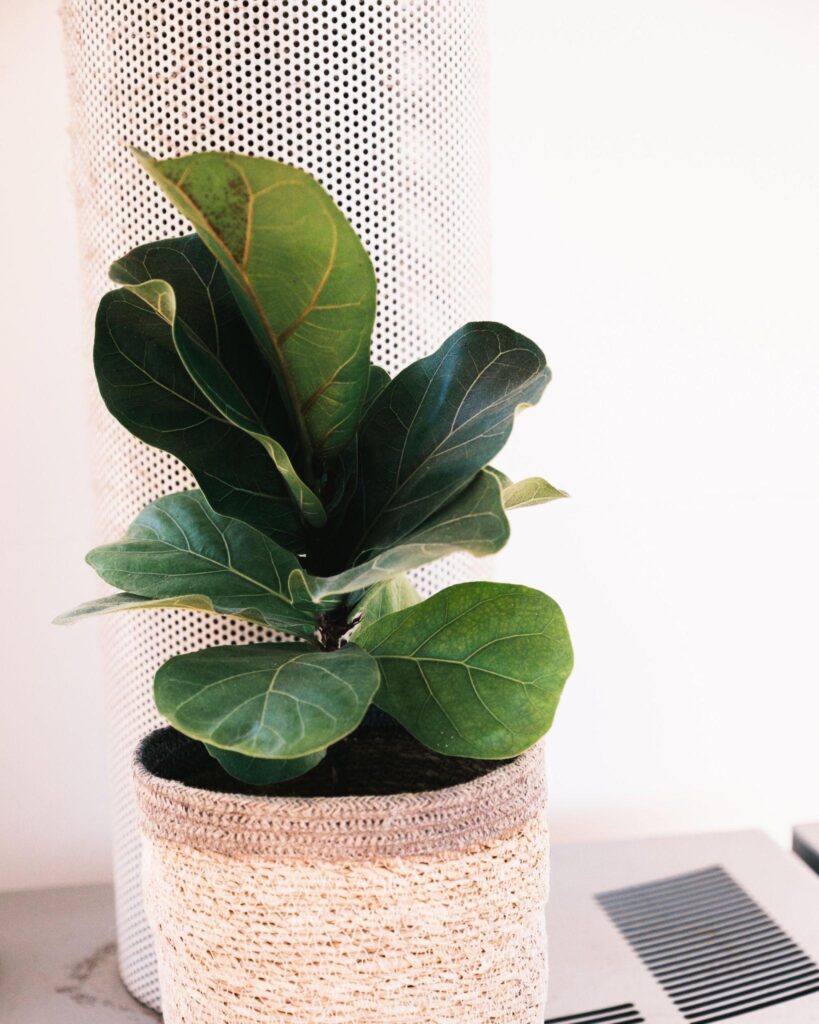
5. Ficus pumila
This type of rubber plant is also known as the creeping fig. It has small, dark green leaves and can grow up to 6 feet tall.
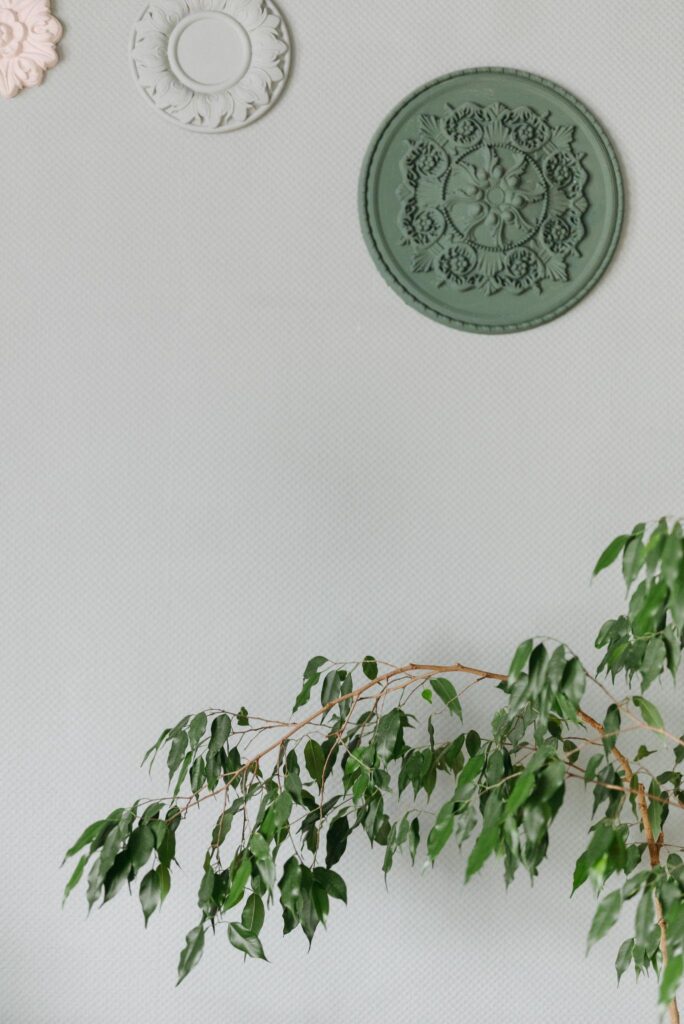
6. Hevea brasiliensis
It is the most common variety used for commercial purposes. It has thick, dark green leaves and can grow up to 100 feet tall.
The Benefits Of Rubber Plants
Rubber plants are a great addition to any home. They are easy to care for and can thrive in a wide range of conditions. Rubber plants can also purify the air, improve your mood, and boost your energy levels.
Here are some of the benefits of rubber plants:
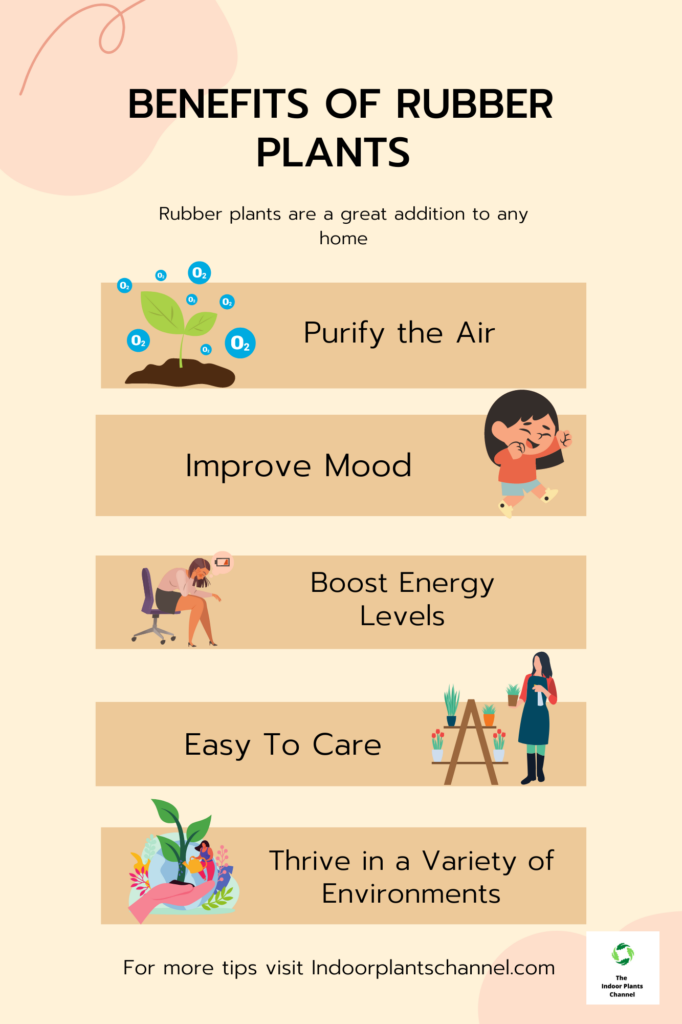
How To Care For Rubber Plants
If you have a rubber plant (Ficus elastica), you already know that they are easy to take care of and add a great decoration to your house. Here are a few tips on how to care for your rubber plant so it stays healthy and happy.
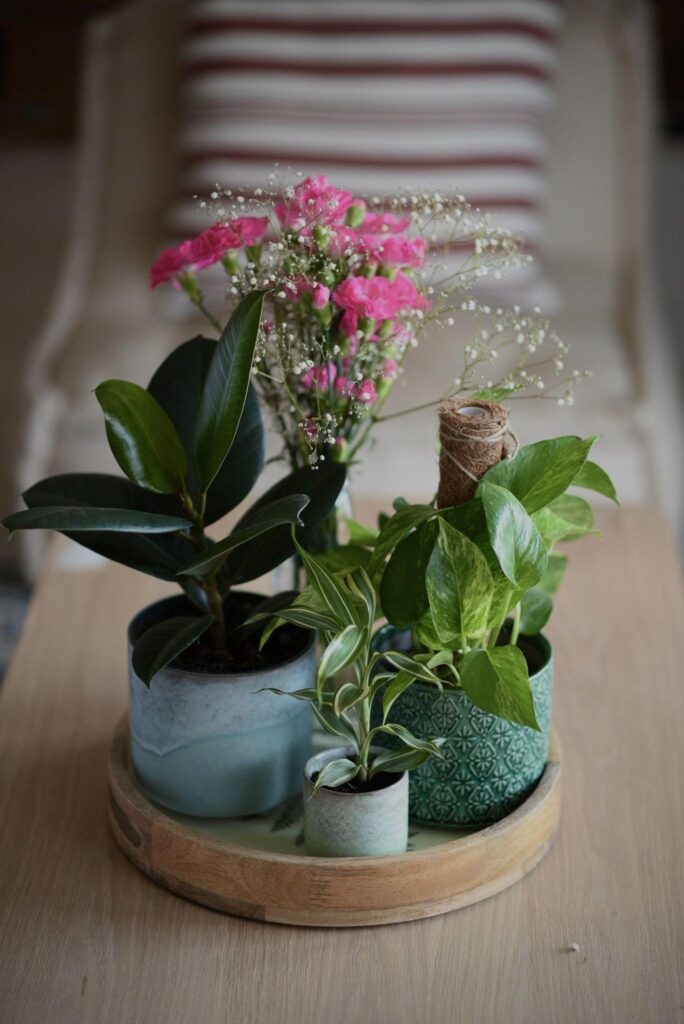
1. Light
If you are thinking of getting a rubber plant for your home, make sure you have a spot in mind that receives bright, indirect light. Rubber plants do best in bright, indirect light. But if you can give them a few hours of direct sunlight each day, that’s even better. However, too much direct sunlight can scorch the leaves, so be careful not to put them in a spot that gets too much sunlight.
They can tolerate low light conditions. An East or west-facing window would be ideal. If you don’t have a spot like that with indirect light in your home, you can also grow a rubber plant under fluorescent lights. However, rubber plants will thrive and grow faster if they are given bright, indirect light.
2. Repotting
Rubber plants prefer to be pot bound, so don’t worry about repotting them too often. Once every two years or so should be sufficient. Use a pot that is just a little bit bigger than the one the plant is currently in when repotting.
3. Water
Rubber plants like to be kept moist but not wet. They need water when the top inch or two of soil feels dry to the touch. Be sure to empty any water that collects in the saucer under the pot, as rubber plants are susceptible to root rot.
Allow the plant to drain thoroughly after watering. Rubber plants can tolerate neglect and miss watering, but they will start to drop their leaves if they are allowed to dry out too much.
4. Fertilizer
Feed your rubber plant every two weeks during the growing season (spring and summer) with a liquid fertilizer diluted to half the recommended strength on the package. During the fall and winter, you can fertilize monthly.
5. Pruning
You can prune your rubber plant to keep it the size you want. Just cut the stem back to the desired height with a sharp knife or pruning shears.
These are the basic care instructions for rubber plants. With a little TLC, your rubber plant will thrive indoors for many years to come.
The Best Way To Water Rubber Plant
It depends on the plant and the pot. If the pot is small, then the plant will need to be watered more often. If the pot is large, then the plant will need to be watered less often.
The best way to water a rubber plant is to stick your finger in the soil. If the soil is dry, then it’s time to water the plant.
The Best Way To Fertilize Rubber Plant
Rubber plants are not heavy feeders, so you don’t need to fertilize them very often. A good general rule of thumb is to fertilize your rubber plant every other month during the growing season and then every six months during the winter.
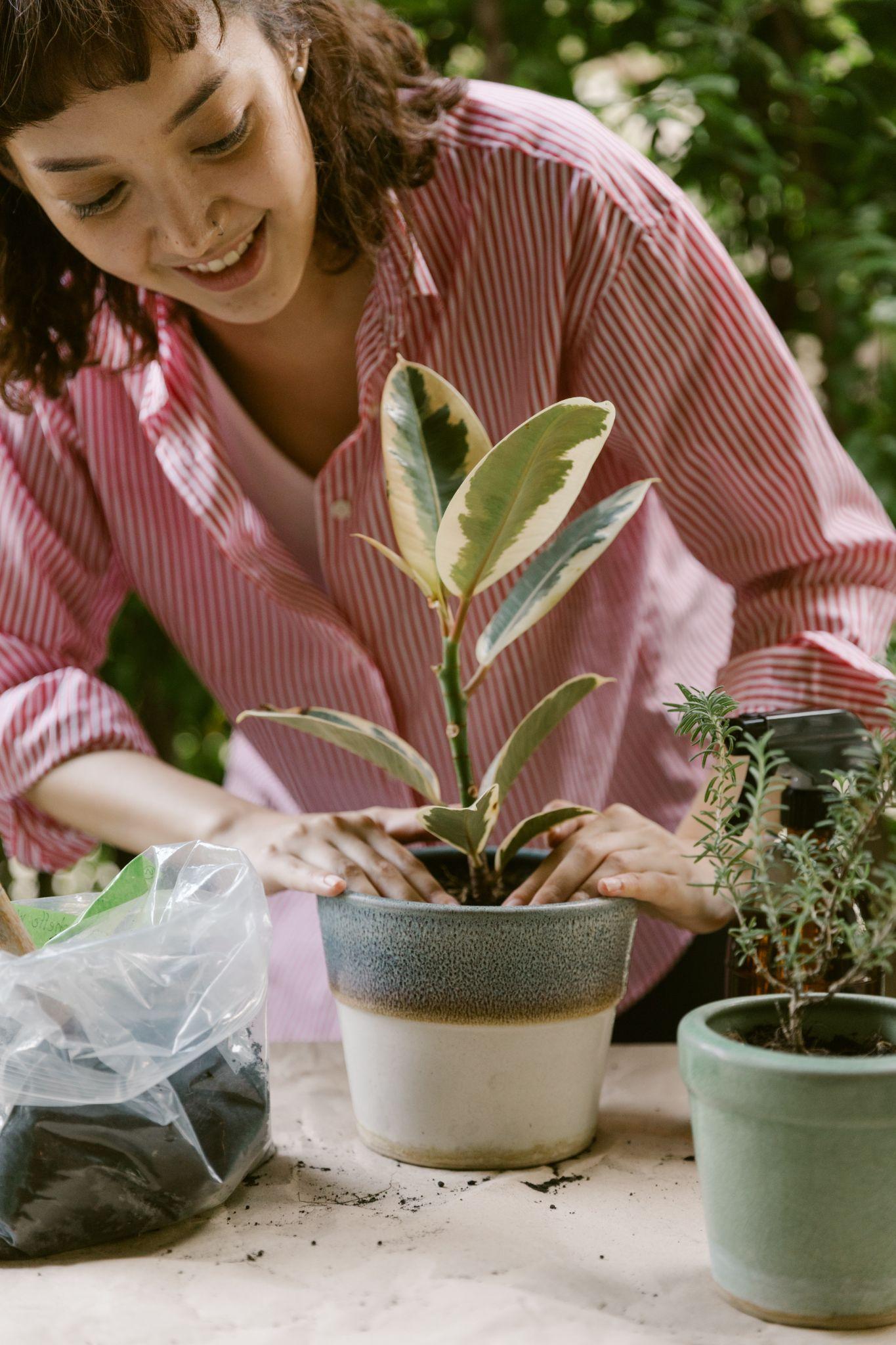
When you fertilize your rubber plant, be sure to use a fertilizer that is specifically designed for houseplants. You can find these at your local nursery or garden center.
Follow the directions on the fertilizer package, and don’t overfertilize, as this can burn the roots of your plant.
Discover the Perfect Spots for Your Rubber Plant: Maximize Growth and Beauty
There are a few things to keep in mind when deciding where to put your rubber plant.
- Rubber plants need bright, indirect light. They will do fine in a spot that gets some direct sun, but too much direct sun will scorch their leaves.
- They like warm temperatures, so avoid putting them in a spot that gets drafty or too cold.
- Rubber plants need good drainage, so make sure the pot you use has drainage holes and the plant is not sitting in water.
With those things in mind, here are some of the best places to put your rubber plant:
1. Window
A spot near a window is a great place for a rubber plant. The indirect light from the window will be bright enough for the plant, and as long as the window isn’t drafty, the temperature should be just right.
2. Shelf
Putting your rubber plant on a shelf is a great way to make sure that it gets the light it needs. Just make sure the shelf is close to a window so the plant gets enough light.
3. Bright Room
If you have a room in your house that is bright but doesn’t get direct sunlight, that would be a great spot for a rubber plant.
4. Greenhouse
If you have a greenhouse, that is the perfect spot for a rubber plant. The warm temperatures and bright light will be just what the plant needs.
Propagating Rubber Plants
Propagating rubber plants is pretty easy to do and only requires a few things.
- You’ll need a rubber plant that is already growing. You can get one from a friend or buy one from a nursery.
- Next, you’ll need a sharp knife or a pair of scissors.
- Finally, you’ll need a pot or container to put your new plant in.
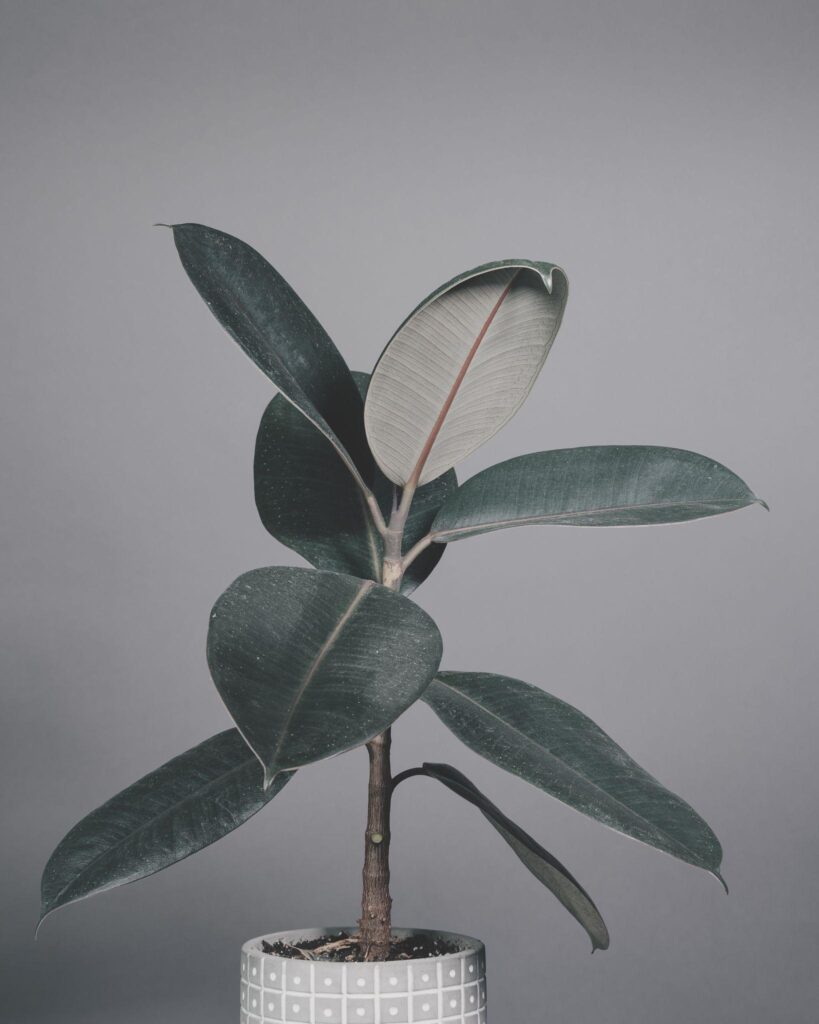
To propagate your rubber plant, cut a stem about 6 inches long. The angle should be just below a leaf node. A leaf node is where the leaves are attached to the stem. Once you have your stem, put it in a pot or container filled with water. Put the pot in a warm, sunny spot and wait for the roots to grow. It can take a few weeks.
Once your rubber plant has roots, you can put it in some soil. Be sure to give it enough water and put it in a spot where it will get enough sunlight. Congratulations! You’ve just propagated a rubber plant!
Common Pests And Diseases Of Rubber Plants
1. Pests
Pests such as aphids, mealybugs, and scale can also be a problem for rubber plants. These pests suck the sap from the plant, causing the leaves to turn yellow and eventually drop off. To get rid of pests, you can either spray the plant with an insecticide or wipe them off with a damp cloth.
2. Root Rot
One of the most common problems with rubber plants is root rot. It is due to too much water and causes the plant’s roots to become mushy and black. If you think your plant has root rot, carefully remove it from its pot and check the roots. If they’re black and mushy, you’ll need to cut away the affected roots and repot the plant in fresh soil.
3. Leaf Spot
Another common problem is leaf spot, which is due to fungus. Leaf spots appear as brown or black spots on the leaves and can eventually kill the leaves if left untreated. To treat leaf spots, remove the affected leaves and spray the plant with a fungicide.
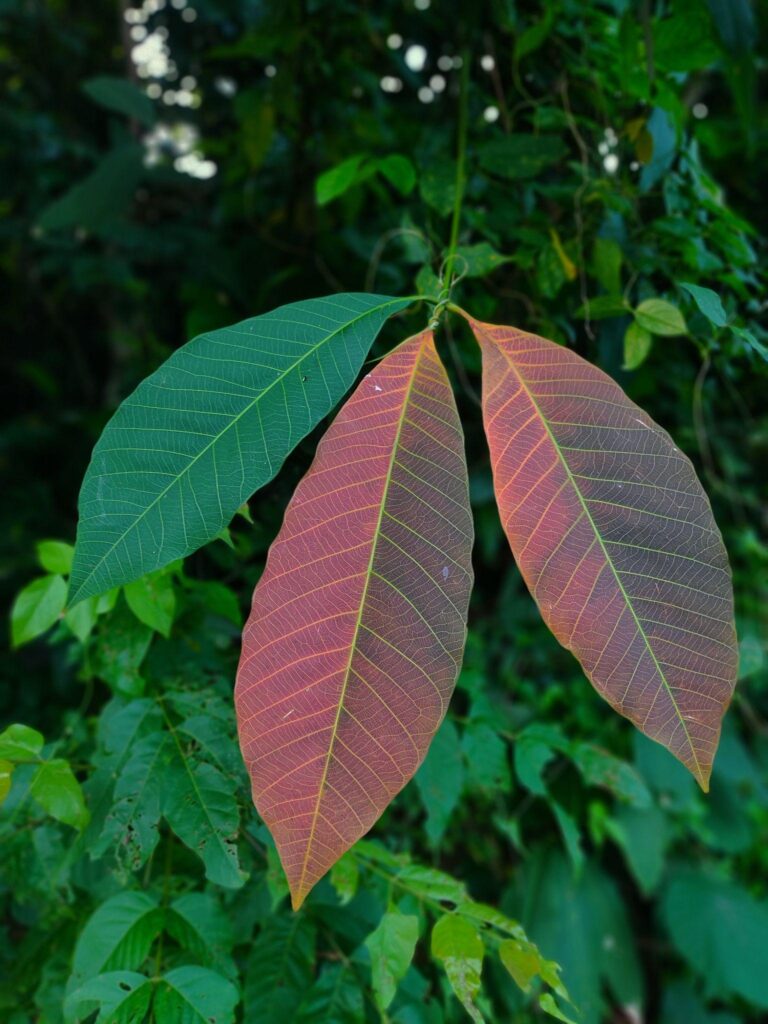
4. Wilted Leaves
If you notice that your rubber plant is losing leaves, yellowing, or wilting, it’s probably due to a lack of water. Make sure to water your plant regularly, and if the leaves are still yellowing, you can try misting them with water.
Expert Ideas
- Place your rubber plant in a spot that gets bright, indirect light.
- Water your rubber plant when the top inch of soil feels dry to the touch.
- Fertilize your rubber plant once a month during the growing season.
- Prune your rubber plant to remove dead leaves and encourage new growth.
- Dust the rubber plant leaves regularly to keep them clean and free of pests.
Bonus Tip
When it comes to the indoor plant “how much light do rubber plants need”, my top tip is to place them in a spot that receives indirect sunlight.
Frequently Asked Questions
1: How much light does a rubber plant need?
Rubber plants need at least four hours of bright, indirect light each day. They can tolerate up to six hours of direct sunlight, but too much can scorch the leaves.
2: Can rubber plants grow in low light?
No, rubber plants cannot thrive in low light. They need bright, indirect light to grow properly and maintain their health.
3: What happens if my rubber plant gets too much light?
If a rubber plant receives too much light, its leaves may turn yellow or brown, and it may stop growing. Too much direct sunlight can also scorch the leaves.
4: Can rubber plants grow under artificial light?
Yes, rubber plants can grow under artificial light as long as the light is bright and indirect. Fluorescent or LED lights work well for rubber plants indoors.
5: How can I adjust the light for my rubber plant during winter?
During winter, rubber plants may need less light due to shorter days. Consider moving them to a brighter spot or using artificial light to supplement natural light, ensuring they get the proper exposure.
Conclusion
In conclusion, if you want your rubber plant to thrive, you need to give it the right amount of artificial light. Too little light will result in weak, leggy growth, while too much light will scorch the leaves. The best way to figure out how much light your rubber plant needs is to do experiments in your own way and see what kind of results you get.
Michelle Wilde
Related posts
2 Comments
Leave a Reply Cancel reply
![]()
About Michelle Wilde
Michelle Wilde is a stay-at-home mom and avid plant lover. Armed with a post-graduate degree in Computer Science (no kidding!), she loves researching plants and landscapes. When she is not caring for her 4 kids, she spends time on her passion for plants. She blogs at www.indoorplantschannel.com, the trusted source for indoor plants.
Learn more
Subscribe
* You will receive the latest posts and updates about indoor plants!
Search
Recent Posts
Categories
- Beginner Guides (10)
- FAQ (206)
- General (2)
- How-To Guides (212)
- Indoor Plants (214)
- Pest Management (2)
- Plant Problem Solutions (4)
- Seasonal Growing (2)
- Specialized Environments (2)
- Specific Plant Care (3)
- Technical Growing (2)
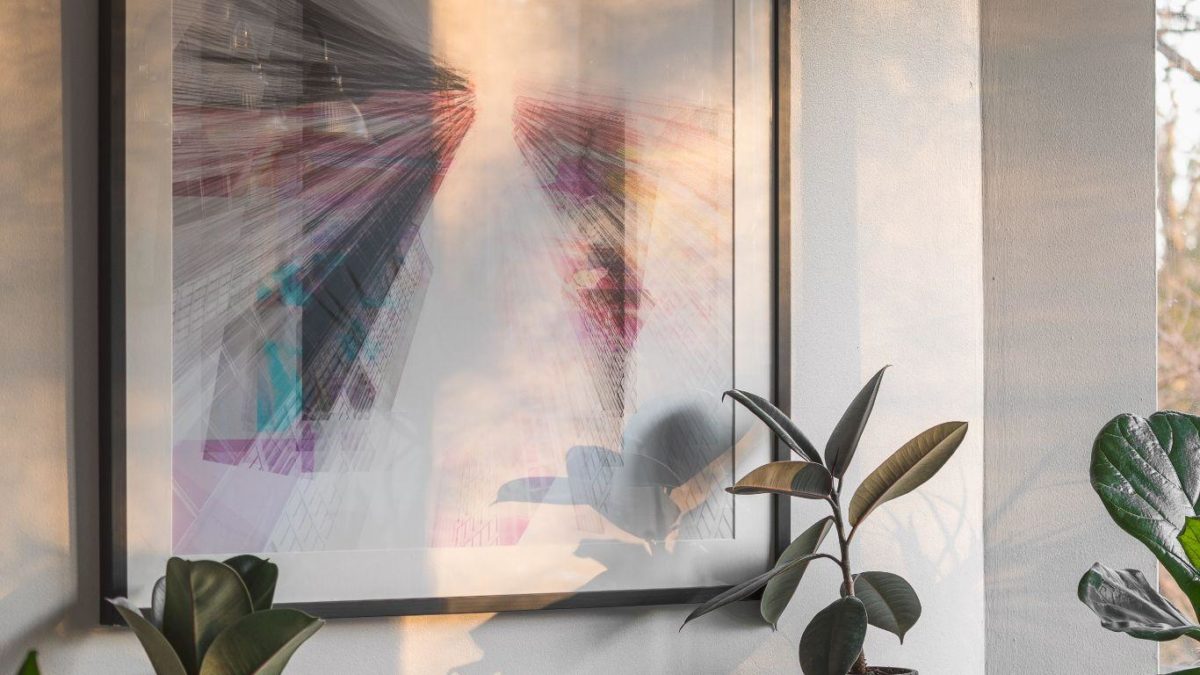
[…] rubber plant is a popular indoor plant because it is very easy to care for and can thrive in a variety of […]
[…] Rubber plants also act as air purifiers, so they’re a great choice if you’re looking for a plant that will improve your indoor air quality. […]